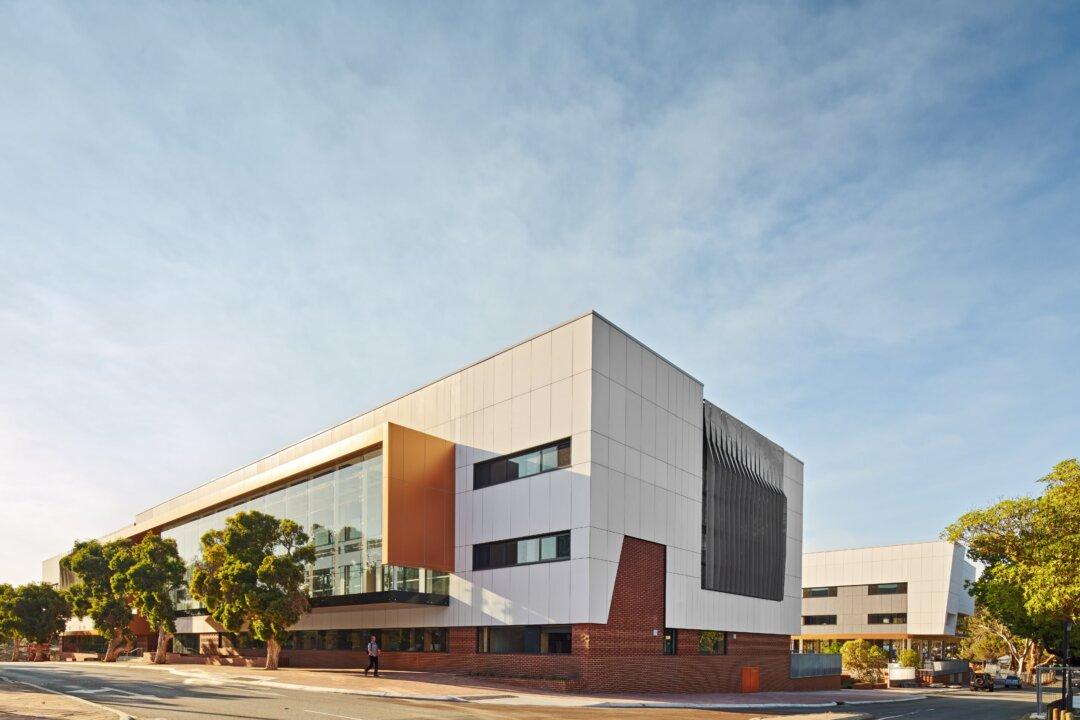Public schools in Western Australia (WA) will likely be among the first in the country to be fully funded following a $1.6 billion (US$1.05 billion) deal between the federal and local governments.
On Jan. 31, the federal Labor government signed a statement of intent with the WA government, raising funding for all public schools in the state from the current 95 percent of the School Resourcing Standard (SRS) to 100 percent by 2026.





